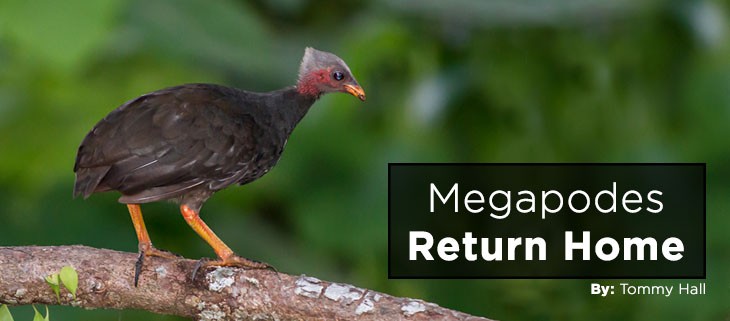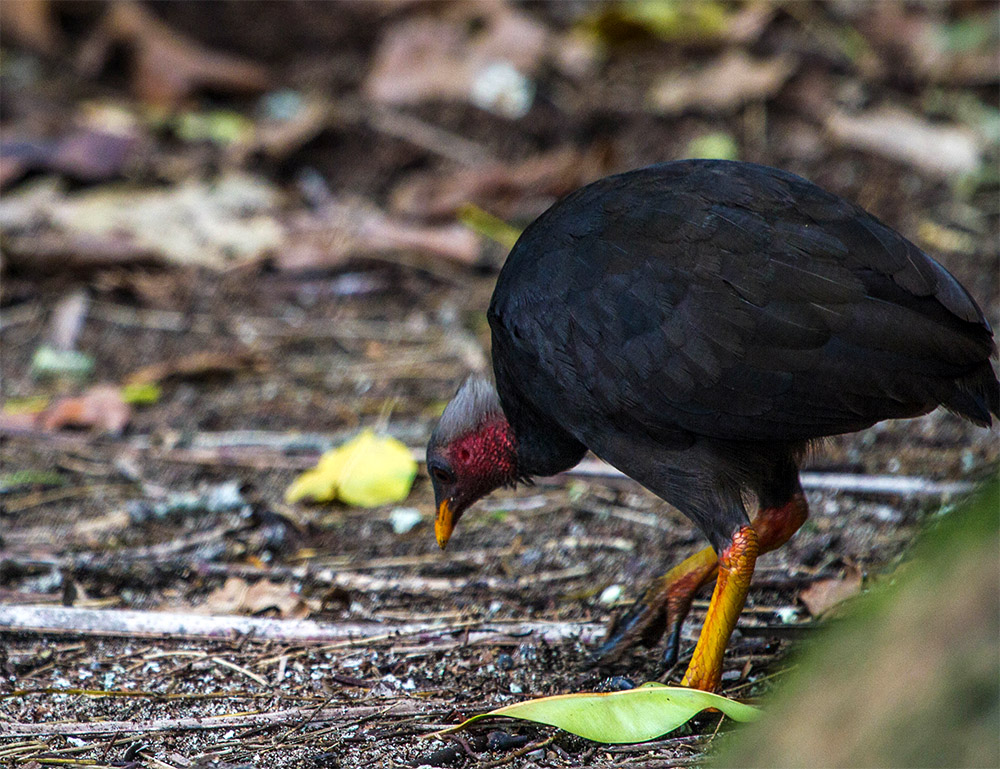December 4, 2024
The Ebiil Society: Champions of Palau
Ann Singeo, founder of our partner organization the Ebiil Society, shares her vision for a thriving Palau and a flourishing world of indigenous science!
We use cookies to help you navigate efficiently and perform certain functions. You will find detailed information about all cookies under each consent category below.
The cookies that are categorized as "Necessary" are stored on your browser as they are essential for enabling the basic functionalities of the site. ...
Necessary cookies are required to enable the basic features of this site, such as providing secure log-in or adjusting your consent preferences. These cookies do not store any personally identifiable data.
Functional cookies help perform certain functionalities like sharing the content of the website on social media platforms, collecting feedback, and other third-party features.
Analytical cookies are used to understand how visitors interact with the website. These cookies help provide information on metrics such as the number of visitors, bounce rate, traffic source, etc.
Performance cookies are used to understand and analyze the key performance indexes of the website which helps in delivering a better user experience for the visitors.
Advertisement cookies are used to provide visitors with customized advertisements based on the pages you visited previously and to analyze the effectiveness of the ad campaigns.

By: Tommy Hall
The first ever successful captive holding program for Palauan Megapodes has concluded with a release of the birds to their home, Ngeanges Island. The success of the captive holding program is a major milestone for the restoration of the ecosystem on Ngeanges, and paves the way for future restoration work in Palau’s stunning Rock Island Southern Lagoon.
The story began in May 2016 when we collaborated with the Koror State Department of Conservation and initiated the Ngeanges rodent eradication project. To safely carry out operations, we needed to house the island’s sensitive native megapodes. To this end a planning committee was formed including Island Conservation, Palau Conservation Society, the Balau National Museum, and the Palau International Coral Reef Center. The group designed and built aviaries on a nearby island with careful consideration to create a habitat these birds would feel comfortable in. The Conservation Officers worked days and nights to capture megapodes from Ngeanges; they used a variety of different methods to safely trap the birds. Once they were transported across the lagoon on boat and placed in their aviaries, the birds were monitored and fed by the Koror State Rangers who worked around the clock to ensure the preservation of the Rock Islands.

During post-implementation monitoring, and on subsequent visits by our partners in Palau, the Department of Conservation and the Belau National Museum observed an apparent increase in the activity of megapodes on Ngeanges. There was no shortage of megapode sightings, and observers noted what they perceived to be more abundant signs of megapodes scratching through leaf litter and nest mound building activity. Although it is still too soon to confirm the long term success of the rat removal, these sightings could very well be due to the lack of competition from the invasive rats that abounded on the island only months before.
There was no shortage of megapode sightings, and observers noted what they perceived to be more abundant signs of megapodes scratching through leaf litter and nest mound building activity.
Megapodes are fascinating birds; the subspecies we are working with is endemic to Palau and listed as Endangered. The name is descriptive of the massive size of their feet and legs in comparison to the size of their body. They use their powerful feet to build giant nest mounds on the forest floor by “kicking” soil and leaf litter into a pile that sometimes exceeds six feet in height!
The females lay and bury their eggs in a hole that they dig into the center of the mound. The egg is then incubated by the heat produced by the microbial decomposition of the leaf litter. When the chicks hatch, they dig their way out of the mound and are on their own to fend for themselves. They must forage for food alone and one day build nest mounds of their own.
Megapodes share their island home with a variety of wildlife; the forest is flush with songbirds, Palau Fruit-doves, terns, fruit bats, Emerald Tree Skinks, and the occasional nesting sea turtle.This project marks a huge success for Island Conservation and our work in Palau in both restoration and capacity-building.
This project marks a huge success for Island Conservation and with our partners in Palau in both restoration and capacity-building.
We are excited to keep the momentum going and we are already making progress towards planning a rat eradication on the main island of Kayangel Atoll in the North of Palau.

Featured photo: Micronesian Megapode on a branch. Credit: Island Conservation
Versión en Español/Spanish transcript
Check out other journal entries we think you might be interested in.
Notifications